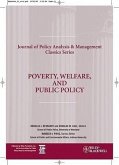

23,99 €
Versandfertig in über 4 Wochen
24,99 €
Sofort per Download lieferbar
Ähnliche Artikel

Gebundenes Buch
26. August 1999
Taylor & Francis Ltd (Sales)
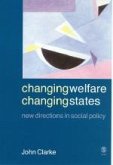
Gebundenes Buch
New Directions in Social Policy
24. Mai 2004
Sage Publications

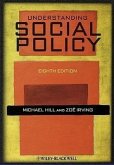


Gebundenes Buch
The Case of the Madurese
1. November 2014
Brill
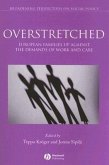
Broschiertes Buch
European Families Up Against the Demands of Work and Care
15. Juli 2005
Wiley

Broschiertes Buch
Challenges and Perspectives for the European Welfare States
14. Juni 2010
Wiley
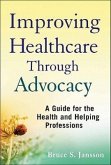
Broschiertes Buch
A Guide for the Health and Helping Professions
25. Januar 2011
Wiley
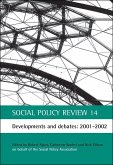
Gebundenes Buch
Developments and Debates: 2001-2002
17. Juli 2002
Bristol University Press
Ähnlichkeitssuche: Fact®Finder von OMIKRON
